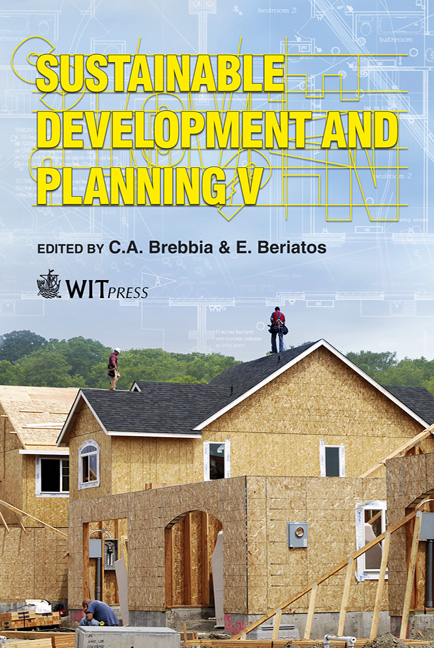Evaluation Of Oil Shale Mining Heritage In Estonia
Price
Free (open access)
Transaction
Volume
150
Pages
15
Page Range
453 - 467
Published
2011
Size
3,083 kb
Paper DOI
10.2495/SDP110381
Copyright
WIT Press
Author(s)
K. Metsaots, K. Sepp & K. A. Roose
Abstract
The evaluation of mining heritage and landscapes has been a topic of worldwide importance during the previous decades. Only a few sites are included in the UNESCO World Heritage List, but there are a great many of those that are considered to be restored as recreation and sports areas, connecting industrial and natural features and giving new usages for a site by exploiting ecological and creative landscape design methods. In Estonia, the subject has become important during the previous ten years – refreshing and multifaceted solutions are needed to give a new life to mining landscapes. The aim of this article is to review the restoration history of oil shale mining sites (oil shale being the most important local mineral resource), to exemplify the two most representative developments in Europe, the Nord-Pas de Calais coal mining region in Northern France and the International Building Exhibition Fürst-Pückler-Land in Lower Lusatia, Germany, to introduce existing restoration methods and developments of oil shale mining areas and elucidate future needs and goals. Keywords: industrial landscape, mining history, landscape restoration, restoration methods, recultivation. 1 Introduction In Estonia, oil shale mining has already lasted for more than 90 years and the recultivation of mining sites has lasted around 50 years, but until now, not enough attention has been paid to the question regarding the extent of the landscape observed as whole in the course of reusing mining and industrial landscapes and in the process of technological and biological recultivation.
Keywords
industrial landscape, mining history, landscape restoration, restoration methods, recultivation.





